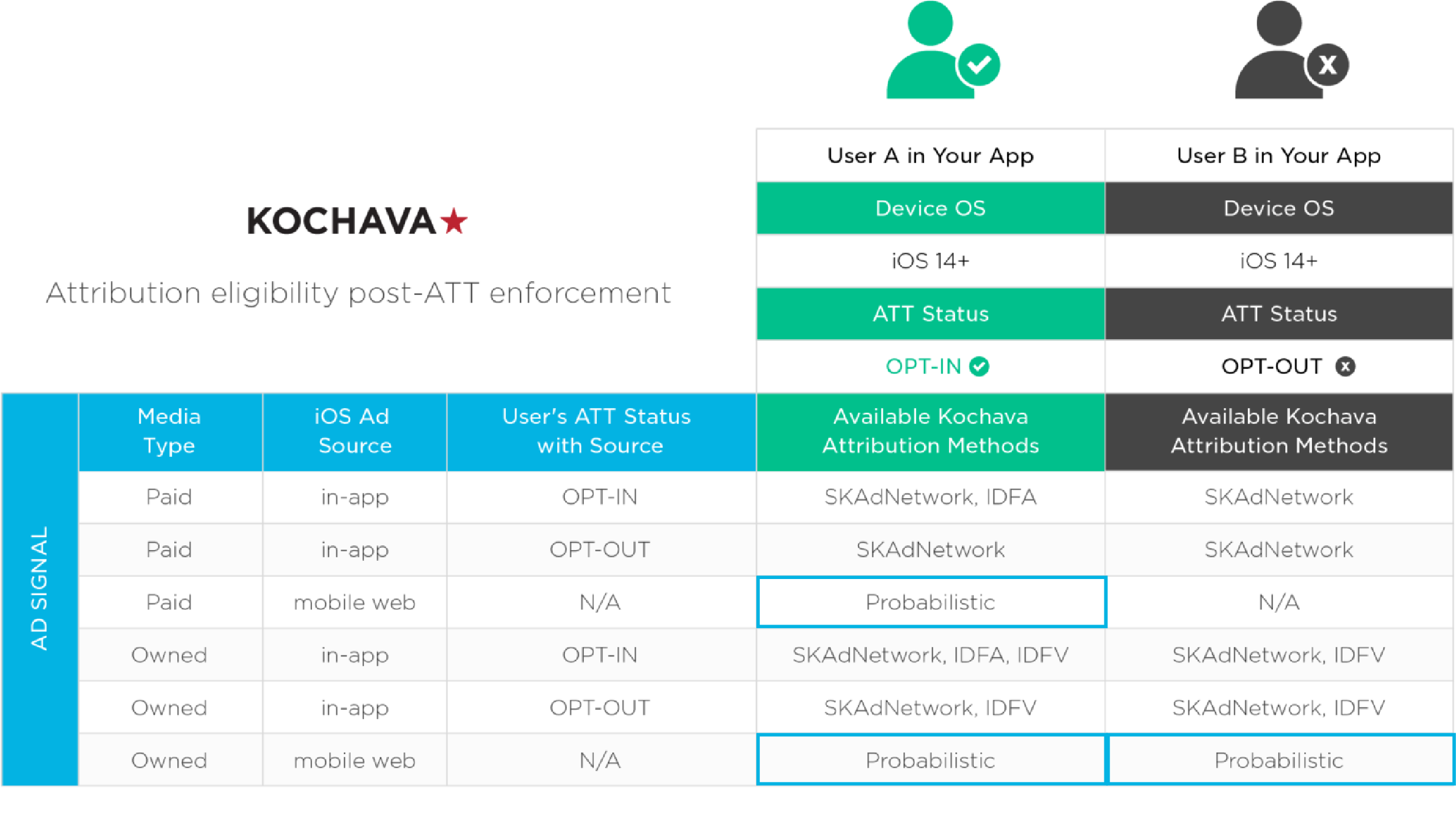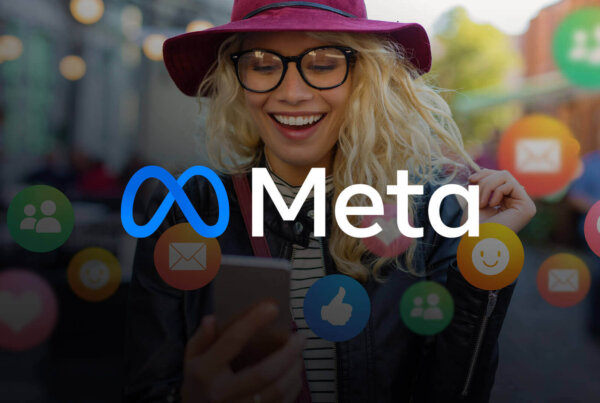Here’s what iOS 15’s arrival means for marketers
Apple’s latest major OS update, iOS 15, launched September 20, 2021. The runway leading up to this release hasn’t been nearly as intense as the lead up to iOS 14’s release last September, let alone the release of iOS 14.5 on April 26th, 2021 (a day after this writer’s birthday I might add), which brought with it the enforcement of Apple’s AppTrackingTransparency (ATT) framework and the end of the identifier for advertisers (IDFA) as we know it.
Nonetheless, iOS 15 brings some important changes that marketers need to be watching for. While certain changes are live as of iOS 15’s release, others will be released in subsequent versions. Here are the key features we will touch on with a note on their expected status on iOS 15’s release:
- iCloud+ Private Relay (STATUS: Disabled by default and still in public beta)
- Mail Privacy Protection (STATUS: Available for users to configure)
- App Privacy Report (STATUS: Not yet available. Will launch with future update)
- Hide My Email (STATUS: Available for users to configure)
- Copy of Winning Postback for SKAdNetwork (STATUS: Available)
- Uninstall Tracking Changes (STATUS: Active)
IMPORTANT:
Certain points discussed in this post may change as adoption of features gain momentum and/or currently unavailable features are released. Expect further updates as additional information becomes available and Kochava adapts its solutions for marketers.
iCloud+ Private Relay
Private Relay is a feature for paying iCloud+ subscribers. It acts as an additional user privacy mechanism by redirecting certain types of network traffic from a user’s iOS device through Apple servers in order to hide a user’s actual IP address, and instead mask it with a fake intermediary IP address that is based on a user’s approximate location. Dive into deeper detail on how Private Relay works in this Macworld post.
As of the launch of iOS 15, Private Relay is expected to still be in public beta and will be disabled by default. Slow adoption and rollout may give advertisers time to better understand its impact and adapt their strategies accordingly.
Impact to Probabilistic Attribution
In a prior post, we discussed how probabilistic forms of attribution using IP address and device user agent are prohibited for paid media when a user has not consented to app tracking through the ATT framework. However, for web-to-app journeys where users consented in the target app, and owned media campaigns, probabilistic attribution continued to be permissible. See the table below for specific scenarios.

Wherein a user is subscribed to iCloud+ and has activated Private Relay, probabilistic attribution (when permissible) to in-app conversions driven through web-to-app scenarios will become less accurate and/or unavailable. Read our related post on how Private Relay will impact attribution.
Impact to precision-geo insights on first-party audience
Given that Private Relay currently does not apply to secure in-app traffic, it’s likely that mobile marketers will still be able to obtain precise IP addresses and location insights on users engaging inside their app. Understanding the geographic distribution of your audience is vital for marketers.
Our team will continue to monitor the iOS 15 roll-out and impact of Private Relay in order to advise marketers on the best adaptation strategy.
Mail Privacy Protection
After downloading and updating to iOS 15, Apple Mail users will see a prompt the next time they open the Mail app. They will have new options to configure how their data is shared.
Decisions available to the Mail app user include:
- Hide IP address and location
- Anonymize email open tracking
Depending on the options a user chooses, a marketer’s visibility to open rates on their email campaigns will be impacted. Further, the IP address will be blocked on third-party trackers utilized within email campaigns. In mobile marketing specifically, these new options will certainly impact visibility into owned media efforts utilizing email as a channel to drive app adoption amongst their users.
Marketers should reach out to their email service providers (ESP) to better understand the impact to their email marketing campaigns. If you’re a Kochava client using SmartLinksTM or Private Network trackers within your email campaigns, monitor conversion rates as iOS 15 rolls out and connect with your Client Success Manager if you notice changes.
App Privacy Report
The App Privacy Report is not yet available and is expected later this fall with a subsequent Apple update. Once released, iOS users can enable this tool which can record up to 7 days of network activity from apps installed on their device. It also allows users to see a list of the most commonly contacted third-party domains used by installed apps.
While developers and marketers understand the need to send requests to mobile measurement partners (MMPs), analytics tools, internal business intelligence systems, payment processors, content management platforms, etc., consumers are largely unfamiliar with this necessity.
Marketers are encouraged to create a communication plan to respond to inquiries from customers who request more information based on findings in the App Privacy Report.

Hide My Email
Hide My Email, also part of the iCloud+ subscription offering, enables iOS users to hide/mask their real email address with a randomly generated unique email address when filling out an online form on the web or even signing up for a newsletter. Any email sent to the fake email address is forwarded to the user’s real email. Users can delete these emails at any time to sever the connection with any service or provider they used the email with.

Hide My Email introduces a new hurdle for identity solutions that sought to solve for challenges in user targeting and measurement via hashed email, where independent parties could connect the dots across their first-party data footprints via a common identifier. While hashed email may still offer an alternative identity for specific publishers if Hide my Email is widely adopted by users, universal hashed emails across publisher properties will not likely offer a stable cross-platform user identifier. The emergence of open-source identity solutions that offer universal IDs for advertisers, publishers, and consumers is becoming more prevalent. UID 2.0 developed by The Trade Desk is one example.
Copy of Winning SKAdNetwork Postbacks
Many concerns had surfaced about SKAdNetwork postback data residing solely in the control of ad networks that have a vested interest in the outcomes reported in the data. If a partner chose to manipulate the SKAdNetwork data in any way before syndicating it to the advertiser and/or their ad tech vendors, there was no transparent solution to monitor or prevent such abuses. iOS 15’s arrival introduces the ability for the advertiser to opt-in to receive copies of winning install-validation postbacks for their app.
Within their app’s Info.plist file, developers will be able to designate the server endpoint where they want postback copies to be sent. Whether advertisers choose to establish their own infrastructure to ingest and house this data or use Kochava designated endpoints, Kochava is in the process of adding support for the collection of SKAdNetwork postback copies. Stay tuned for further updates from our team.
Uninstall Tracking Changes
Within release notes during the beta phase of iOS 15, Apple made an update that largely deprecates the use of silent/background push notifications as a methodology to inform app uninstall tracking.
Privacy
Resolved in iOS & iPad 15 beta 4
- Record App Activity no longer defaults to off after a software update or restore from back up. (77466774)
- Background pushes are only delivered if the app has been used in the foreground in the past few weeks. (79379996)
Source: iOS & iPadOS 15 Release Notes
Most uninstall tracking offered by the industry works by sending a “silent” push notification to devices that have previously opted-in to push notifications for an app. The response by Apple’s Push Notification Service (APNS) would inform if the app was no longer installed on the device. By tracking uninstalls, marketers get valuable insights on user attrition. Marketers can also use uninstall data to retarget lost users for reacquisition or suppress them in future acquisition targeting. With Apple’s changes, these silent push notifications can no longer be used to accurately infer an uninstall.
If you use uninstall tracking with Kochava, monitor the reporting trends upon the release of iOS 15, and reach out to your Client Success Manager or email support@Kochava.com with any questions.
We’re here to help
Apple continues to introduce transformative changes that impact the digital advertising ecosystem. We’re here to help marketers navigate those changes while continuing to drive meaningful growth.
For questions on iOS 15 or to talk with an expert on our team, contact us.
Stay up-to-date on the latest by subscribing to our newsletter.




